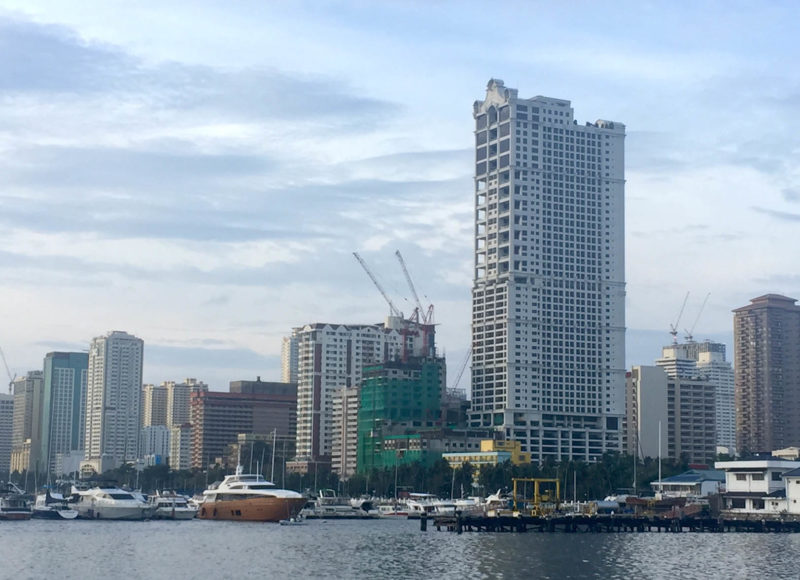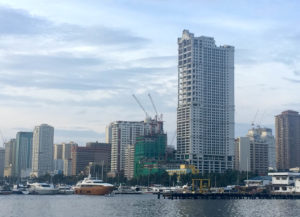The Philippines’ total trade grew 2.2% in July 2017, recovering from a decline in June and backed by continuous improvement in the country’s exports, data from the Philippine Statistics Authority (PSA) showed.
Total trade in July reached US$12.22 billion, an increase from the $11.95 billion registered in July 2016.
Exports went up 10.4% to $5.28 billion in July 2017 from $4.79 billion in the same month of the previous year. The growth, its eighth straight month of improvement, was attributed to increases recorded by six out of the top ten major commodities for the month.
Imports, however, decreased 3.2% from $7.16 billion in July 2016 to $6.93 billion in July 2017. The decline was due to the negative performance of five out of the top ten major import commodities for the month.
Raw materials and intermediate goods accounted for 37.6% of the total imports in July, which decreased 8.2%. Capital goods, valued at $2.20 billion, went down 11.5% while consumer goods rose 10.7% with $1.26 billion.
Outward shipments of manufactured goods, meanwhile, were valued at $4.47 billion, accounting for 84.6% share of the total export receipts in July 2017.
Exports from mineral products posted a 59.6% while total agro-based products jumped 3.3%.
Japan remained the country’s top country for exports, accounting for 17.3% of the total in July 2017. The US followed with 15.4% share and Hong Kong with 13.6%.
China likewise remained the top country for imports with 17.2% share, followed by Japan with 11% and South Korea accounting for 8.6%.
In terms of economic bloc, commodities exported to Association of South East Asian Nations member countries grew 10.4% while imports rose 8.5%.
Exports to European Union member recorded a 19.7% increase while imports decline by 17%.
Manufacturing down 1.1%
Meanwhile, the country’s manufacturing recorded a 1.1% drop in Volume of Production Index (VoPI) in July 2017, compared with a two-digit increment of 12.1% in July 2016.
Data from PSA’s Monthly Integrated Survey of Selected industries, eight out of the 20 major sectors registered annual declines, with two-digit decreases noted in the following major sectors: chemical products (-52.6%), textiles (-20.3%), and rubber and plastic products (-13.9%).
The Value of Production Index (VaPI) likewise went down by 2% in July 2017 compared with the 7.7% growth during the same month of the previous year. Seven major sectors showed decreases in VaPI, with three major sectors primarily contributing to the downtrend, namely: chemical products (-54.2%), textiles (-23.6%), and rubber and plastic products (-19.1%).
Socioeconomic Planning Secretary Ernesto Pernia earlier cautioned against possible domestic and external risks to growth of the country’s manufacturing sector.
“We need to be ready for possible disturbances in business activities during the rainy season. External risks, on the other hand, include the planned interest rate hikes of the United States and the inward-looking trade policies of major economies,” Pernia said.
He emphasized the need to expand production capacity and to encourage entry of new manufacturing firms to keep prices low and stable. For this, government is doing its part through infrastructure investments and streamlining of government procedures to reduce the cost of doing business in the Philippines, he said.






